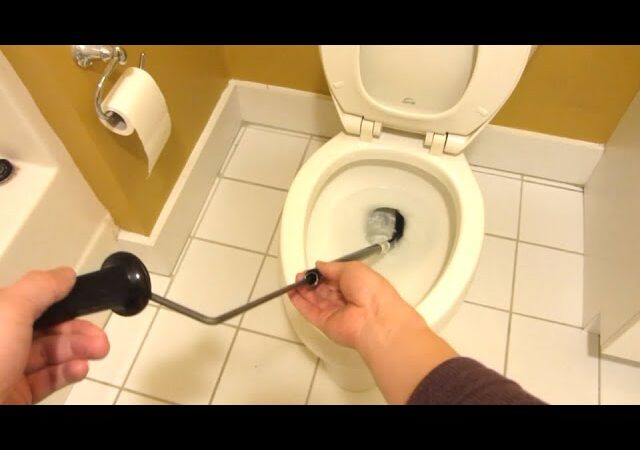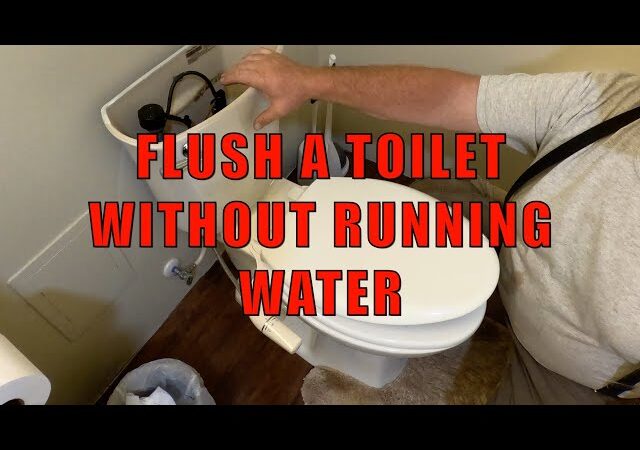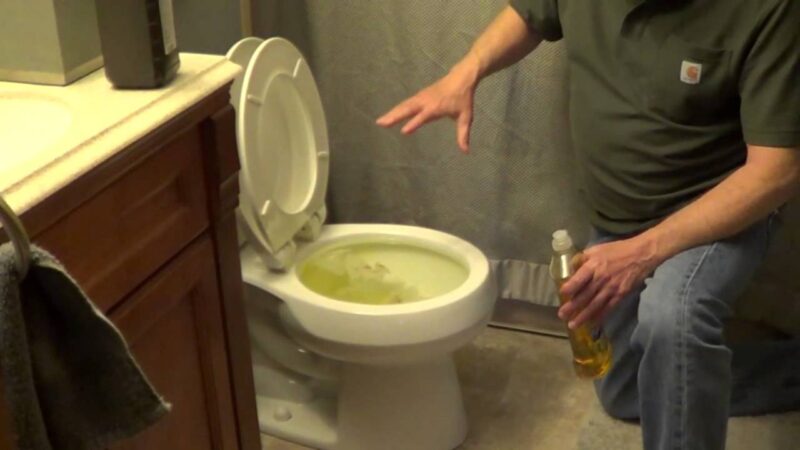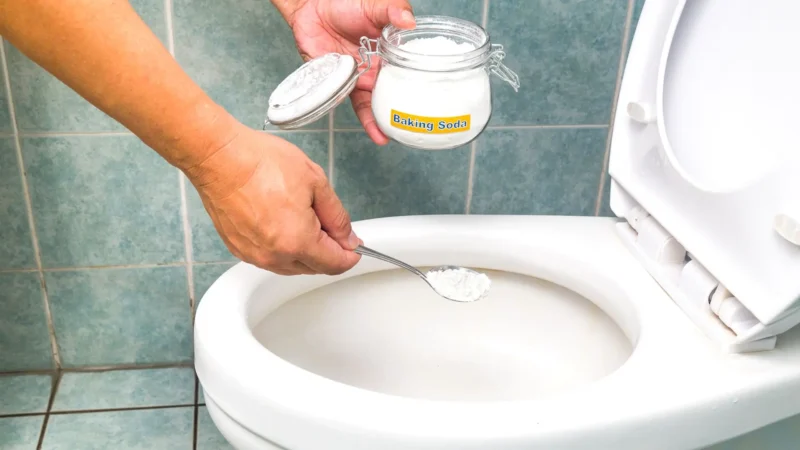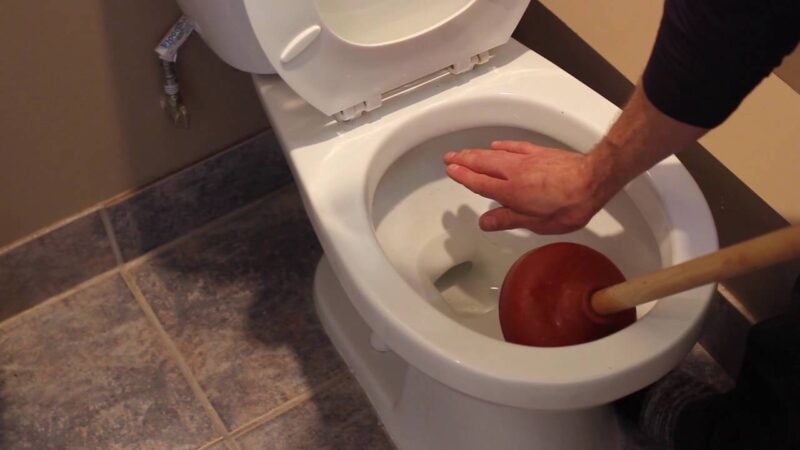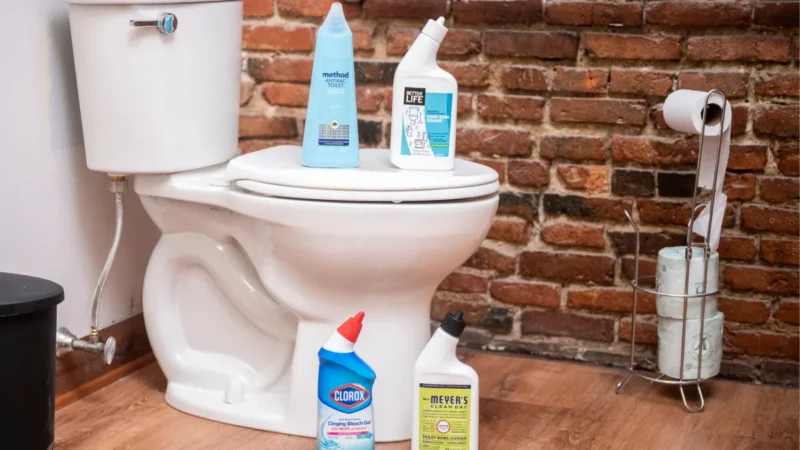How To Unclog A Toilet?
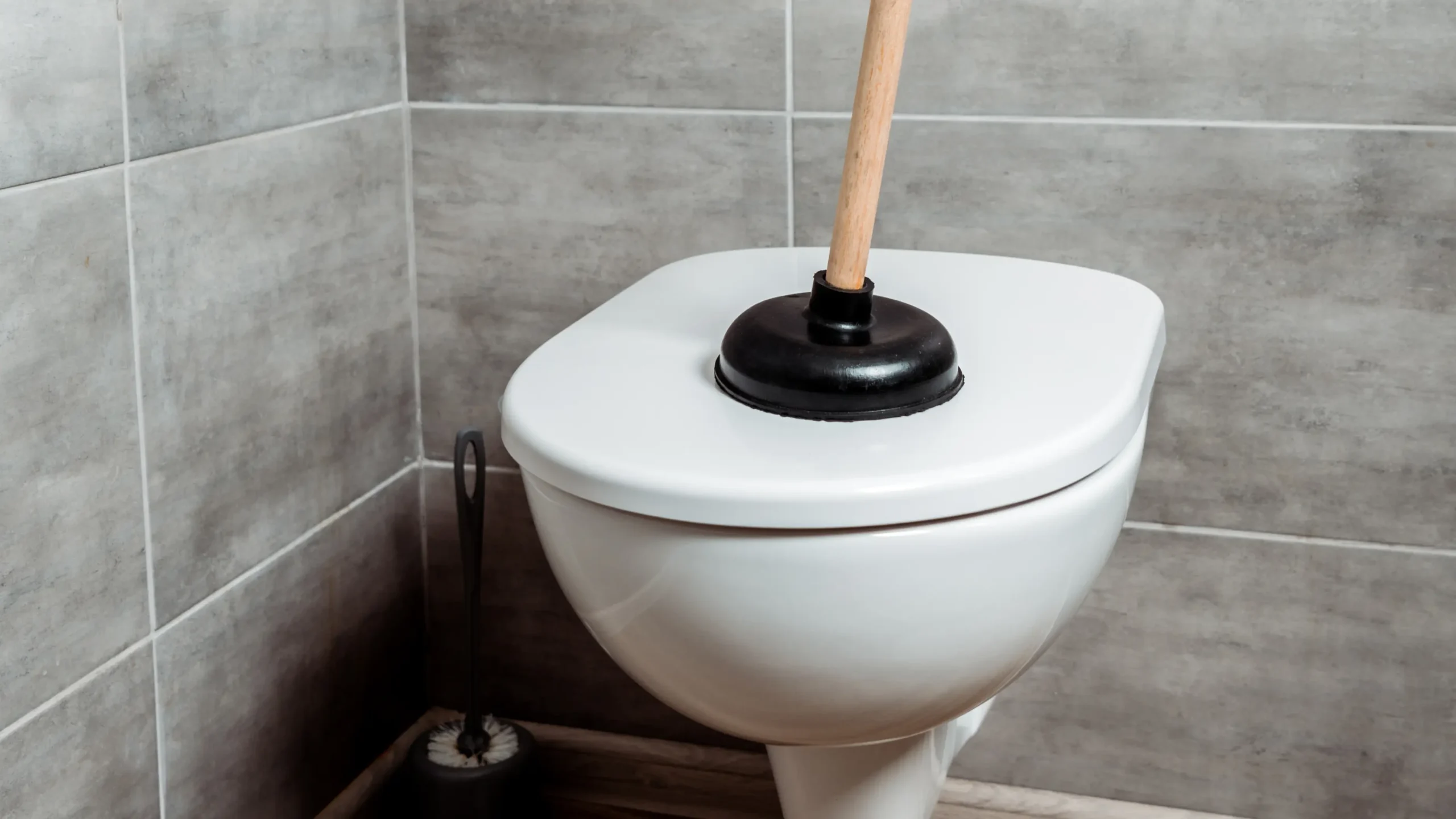
How to Unclog a Toilet: Let’s face it, a clogged toilet is a plumbing problem nobody wants to deal with. It’s messy, inconvenient, and can quickly escalate if not handled properly. But before you panic and reach for the phone to call a plumber, there are several things you can try yourself.
In this article, we will talk about how to unclog a toilet through a step-by-step guide, from simple fixes to more involved methods, and even how to prevent clogs in the first place.
We’ll cover everything from stopping an overflow to using a plunger, snake, and even some DIY solutions. So, take a deep breath, put on your gloves, and let’s get that toilet flowing freely again.
What to Do When a Toilet is Clogged
1. Stop the Overflow
- Act fast: If the water level is rising, you need to prevent an overflow.
- Two options: Either close the flapper in the tank (by lifting the lid and lowering it) or turn off the water supply to the toilet using the shut-off valve.
2. Protect Your Floor
- Lay down old towels or newspapers around the toilet to absorb any splashes.
3. Investigate the Clog
- Gloves on: Put on rubber gloves before you start poking around.
- Check for obvious culprits: If you suspect a solid object (like a toy or towel) is the cause, try to carefully remove it by hand.
4. Safety First
- The smell of gas? If you smell gas, open a window and call a plumber immediately. This could indicate a serious sewer problem.
5. Pro Tip
- Don’t wait: Even a partial clog can become a bigger issue later. It’s often easier to deal with it sooner rather than later.
Important Note: If you’re not comfortable with any of these steps, or if the problem persists, it’s always best to call a professional plumber.
How to Plunge a Toilet
1. Gear Up
- The right plunger is key: Forget those cheap suction cup plungers. You need a heavy-duty one, either with a ball-shaped head or a rubber flange on the bottom. These create a much better seal.
2. Get Ready to Plunge
- Water level: Make sure there’s enough water in the bowl to completely cover the plunger head.
3. Plunging Action
- Seal the deal: Place the plunger over the hole, ensuring a good seal.
- Pump it: Plunge vigorously up and down, keeping the plunger submerged. You only need to lift it an inch or so on the upstroke.
4. Patience is a Virtue
- Keep at it: It might take several rounds of plunging (around a dozen pumps per round) to dislodge the clog. Don’t give up too easily.
5. The Moment of Truth
- Flush and see: After a good round of plunging, flush the toilet to check if the clog is gone. If not, repeat the process.
6. Clean Up
- Rinse and repeat (the cleaning, not the plunging): Give your plunger a good clean before you put it away.
Pro Tip: Run some hot water over the plunger before you start. This will soften the rubber and help it create a better seal.
How to Fix a Clogged Toilet With a Snake
So, plunging didn’t do the trick? Time to bring out the big guns: a toilet auger (also known as a plumbing snake). This handy tool is a flexible wire coil that can reach into your pipes and break up clogs without damaging anything.
Here’s how to use it:
- Get Ready: Carefully feed the end of the auger cable into the toilet bowl, being careful not to scratch the porcelain.
- Crank and Push: Turn the handle clockwise while pushing the auger further into the pipe. Keep going until you either snag the clog or break it up enough to flush.
- Got It? If you feel the auger catch on something, you’ve probably hit the obstruction. Carefully pull the auger back out.
- Clean Up: Give the auger a good cleaning before you put it away.
Pro Tip: No auger on hand? In a pinch, you could try straightening out a coat hanger or using a garden hose. Just keep in mind that these makeshift snakes might not be as effective as a real auger.
How to Unclog a Toilet Without a Plunger
No plunger or snake? Don’t panic, You can still try a few things to unclog your toilet. Chemical drain openers or even some DIY solutions might do the trick.
Here are a couple of options:
- Enzyme Cleaners: Commercial enzyme waste removal products can liquefy solid waste. Just follow the instructions on the bottle.
- DIY Drain Cleaner: Mix one cup of baking soda and two cups of vinegar, then pour it into the toilet. Add about half a gallon of hot water. A little dish soap can also help loosen things up.
For both methods, let the solution sit overnight. Then, flush the toilet in the morning to see if the clog is gone.
Important Notes:
- Commercial Drain Cleaners: If you go the commercial route, make sure the product is safe for toilets. Some drain cleaners contain harsh chemicals that can damage your pipes. Think of these as a last resort before calling a plumber.
- Plumber Knows Best: If all else fails, it’s time to call a professional plumber. They have the expertise and tools to handle even the toughest clogs.
Avoiding Toilet Clogs
Want to avoid future toilet clogs? Here’s how to keep things flowing smoothly:
- Toilet Paper Wisdom: Use a reasonable amount of toilet paper. Consider a bidet – they’re hygienic and reduce paper usage.
- Flush Wisely: Only toilet paper and, well, you know… should go down the toilet. Absolutely no paper towels, sanitary products, wipes, or anything else.
- Keep it Clean: Regularly clean the small holes around the rim of your toilet bowl. If these get clogged, your toilet won’t flush properly, making clogs more likely. A weekly scrub with a toilet brush should do the trick.
- Kid-Friendly Reminder: If you have little ones, teach them not to flush toys or other objects down the toilet. It’s a common culprit.
Toilet Maintenance Tips
Knowing how to unclog a toilet is a great skill, but preventing clogs and maintaining your toilet is even better, Here are some important tips:
- Septic Tank Savvy: If you have a septic tank, be careful with clog-clearing chemicals. Some can harm the tank’s delicate balance. Always research products thoroughly before using them.
- Chemical Caution: Chemicals can be effective, but they’re also toxic and corrosive. Always follow the package instructions carefully, wear protective gear (like gloves), and never mix them with other chemicals.
- Act Fast: Address clogs promptly, whether you tackle them yourself or call a plumber. A clog might be a symptom of a bigger problem, and overflowing toilet water is a health hazard.
- No Solids: Never pour anything down the toilet that can solidify, like grease or wax. These are notorious for creating stubborn clogs.
- Skip the Wipes: “Flushable” wipes are often anything but. They can easily block your pipes and cause clogs. It’s best to avoid them altogether.
- Plunging Power: Learning how to use a plunger is your best first line of defence against clogs. It’s often the most effective and safest method.
- DIY Before Calling a Pro: If plunging doesn’t work, try an auger or chemical cleaner before calling a plumber. And if you need to rent a drain cleaner, consider renting one from us.
Recommendation
How to Remove Bathroom Mirror?
What Is A Jack And Jill Bathroom?
How To Clean Bathroom Fan: A Easy Step By Step Guide
Why Your Toilet Won’t Flush? Main Causes And Solutions
Conclusion
A clogged toilet can be a frustrating problem, but it’s often fixable. This article covered everything from stopping overflows to using plungers, snakes, and even DIY solutions. Remember safety first, and don’t hesitate to call a plumber if needed. Prevention is key: use less toilet paper, avoid flushing non-flushable items, and keep your toilet clean. With the right tools and knowledge, you can conquer any clog.
FAQs
Q1: My toilet’s overflowing, What do I do?
A1: Stop flushing, Either close the flapper in the tank (lift the lid and push it down) or turn off the water supply valve behind the toilet.
Q2: What kind of plunger do I need?
A2: Use a flange plunger (the one with the extra flap on the bottom), not a cup plunger. Cup plungers are for sinks.
Q3: How do I use a plunger correctly?
A3: Make sure there’s enough water in the bowl. Angle the flange into the hole, creating a seal. Plunge forcefully up and down several times. Repeat until the bowl empties.
Q4: No plunger? What now?
A4: Try pouring a bucket of hot (not boiling) water into the bowl. Or, squirt some dish soap or shampoo in and let it sit before flushing.
Q5: Still clogged. What’s next?
A5: A toilet auger (plumbing snake) is your next best bet. Follow the instructions that come with it.
Q6: How can I prevent clogs in the future?
A6: Don’t use too much toilet paper. Also, keep the water jets under the toilet rim clean.

